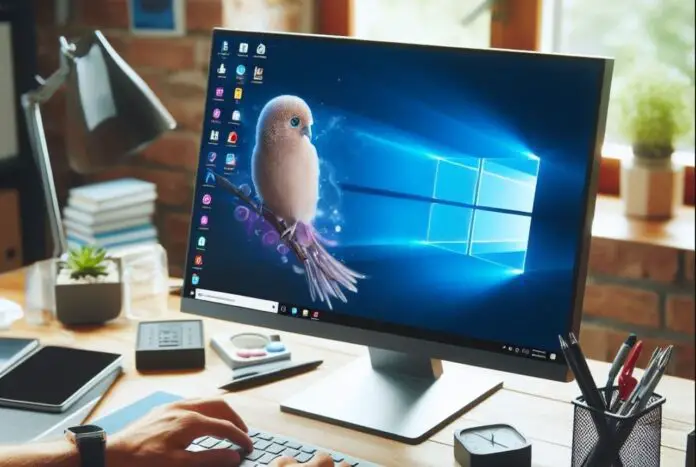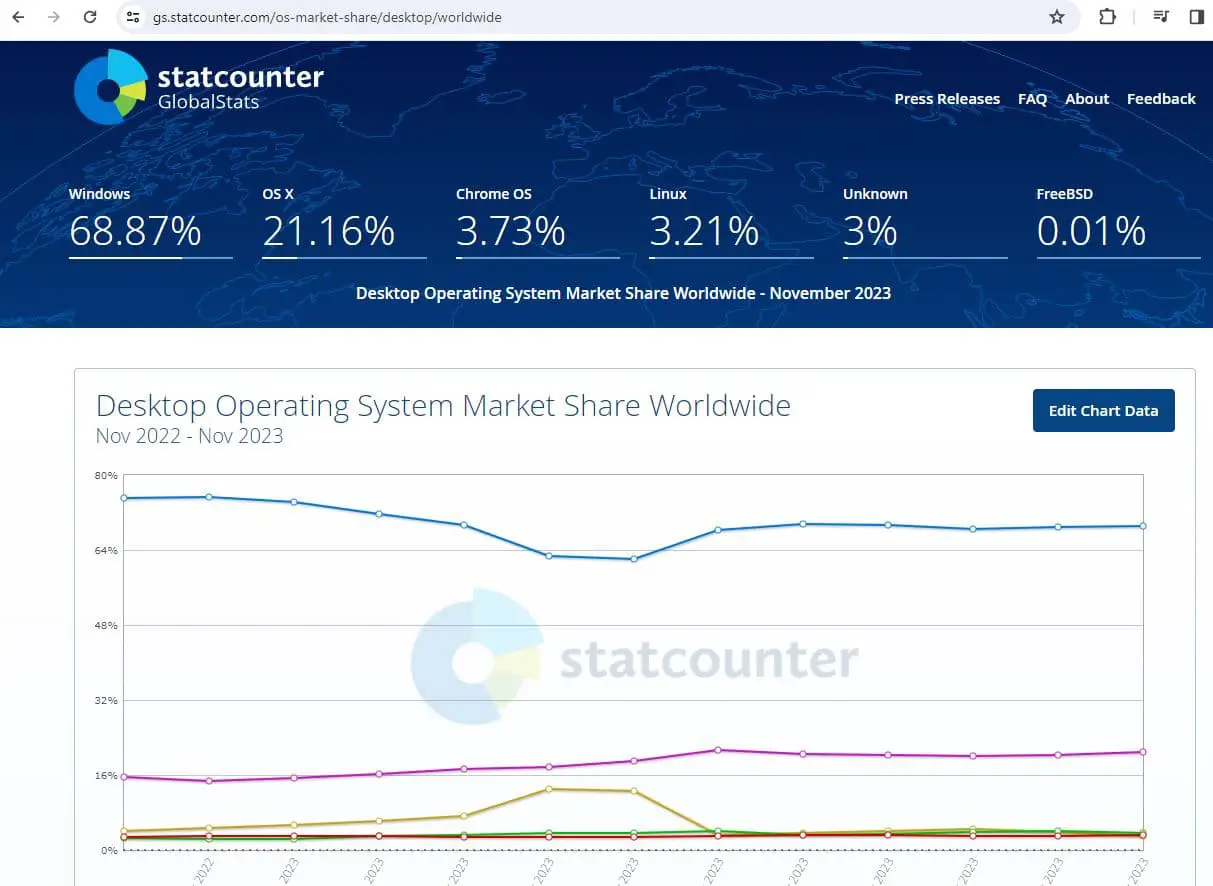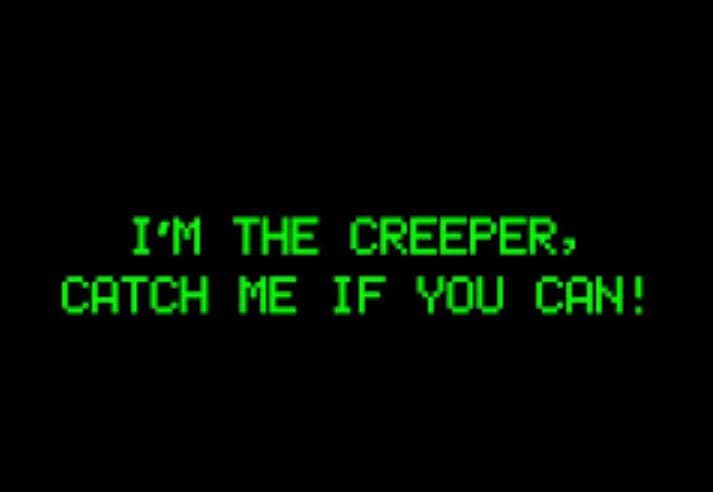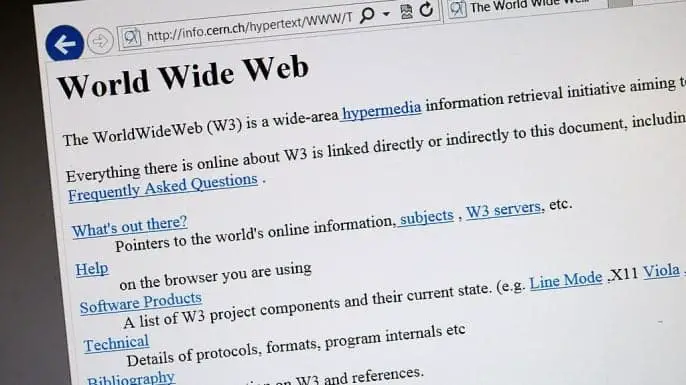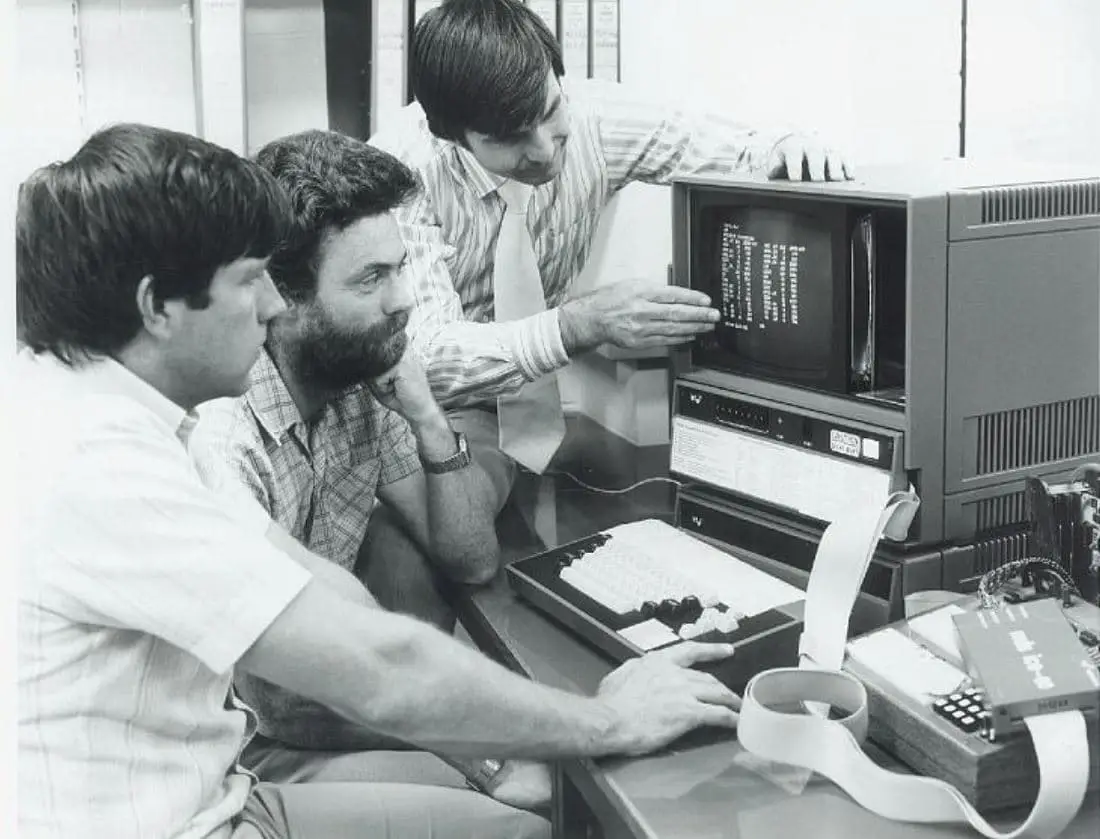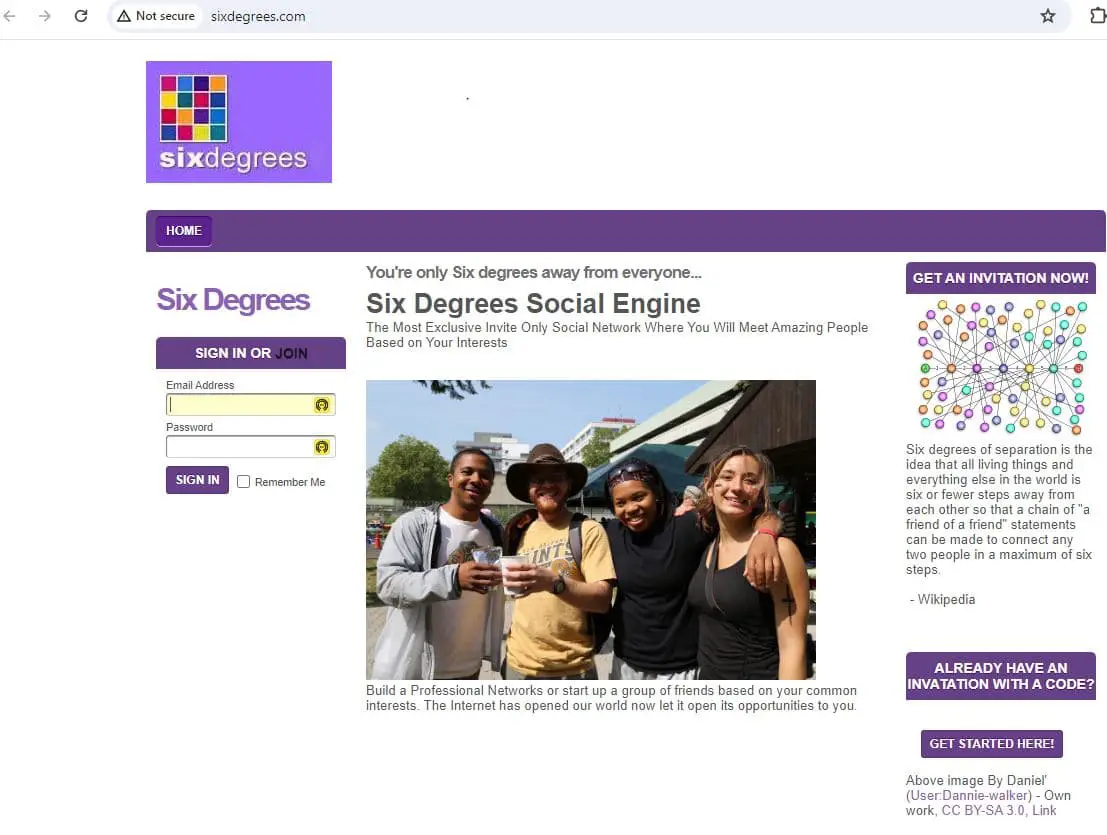Personal computers (PCs) are devices that can perform various tasks, such as processing information, web browsing, storing data, gaming, and more. They are everywhere in our lives and used by millions of people around the world for work, education, entertainment, and communication. But do you know how computers came to be and how they have changed over time? Do you know who invented the first PC and what it looked like? Do you know how fast and powerful computers are today compared to the past? Here are 15 Interesting Facts about Computers that will help you understand the history and development of computers.
Before we dive into interesting facts about computers, let’s first define what a computer is.
What is a computer?
A computer is a device that takes input from user, process, store, and output data according to a set of instructions. Computers can vary in size, shape, speed, and functionality, but they all share some common features, such as a central processing unit (CPU), memory, and input/output devices.
A CPU is the brain of the computer that performs calculations and logic operations. Memory is the place where the computer stores data and instructions temporarily or permanently. Input/output devices are the components that allow the computer to communicate with the user and other devices, such as keyboards, mice, monitors, printers, speakers, etc.
What are Different Types of computers?
Computers can be classified into different categories based on their purpose, design, and performance. Some of the common types of computers are:
Personal computers (PCs): These are computers that can be used by one person at a time. They are usually designed to fit on a desk or a lap, and can run various software applications for different purposes. PCs have become very popular and widely used in the past few decades, thanks to their affordability, versatility, and accessibility
Workstations: These are powerful PCs that are used for specialized tasks that require high performance, such as graphics, engineering, scientific computing, etc. Workstations have more memory, faster processors, and better graphics than ordinary PCs. They are often connected to a network and can share resources with other workstations or servers.
Servers: These are computers that provide services to other computers over a network, such as the Internet. Servers can store, process, and deliver data, such as web pages, emails, files, etc., to clients or users who request them. Servers can handle multiple requests simultaneously and can run for long periods without interruption. Servers can be classified into different types based on their functions, such as web servers, email servers, file servers, etc.
Mainframe computers: These are large and expensive computers that can support hundreds or thousands of users and multiple programs at the same time. Mainframe computers are used for processing large amounts of data in a fast and reliable manner. They are often used by big organizations, such as banks, government agencies, universities, etc., for applications such as transaction processing, database management, payroll, etc.
Supercomputers: These are the fastest and most powerful computers in the world. They can perform trillions of calculations per second and process huge amounts of data. Supercomputers are used for complex and demanding tasks that require extreme speed and accuracy, such as weather forecasting, climate modeling, nuclear simulations, artificial intelligence, etc. Supercomputers are composed of thousands of interconnected processors that work together in parallel.
Minicomputers: These are smaller and cheaper than mainframe computers but larger and more powerful than PCs. They can support up to 200 users and run multiple programs at the same time. Minicomputers are used for specific purposes that require moderate performance and reliability, such as industrial control, scientific research, etc. Minicomputers were popular in the 1970s and 1980s but have been largely replaced by PCs and servers.
Interesting Facts About Computers
Computers are amazing machines that can perform many tasks in a fraction of a second. They can store huge amounts of data, communicate with other devices, and run complex programs games and simulations. It changed the world in many ways, from science and education to entertainment and communication. Here are some interesting facts about computers that you may not know.
ENIAC was The First Electronic Computer
The first electronic computer was called ENIAC (Electronic Numerical Integrator and Calculator), and it was developed in 1946 by John Mauchly and J. Presper Eckert at the University of Pennsylvania. It was used for military and scientific purposes, such as calculating artillery trajectories and atomic bomb simulations. It weighed 27 tons and occupied 1800 square feet of floor space. It could perform about 5000 calculations per second, but it consumed a lot of electricity and generated a lot of heat.
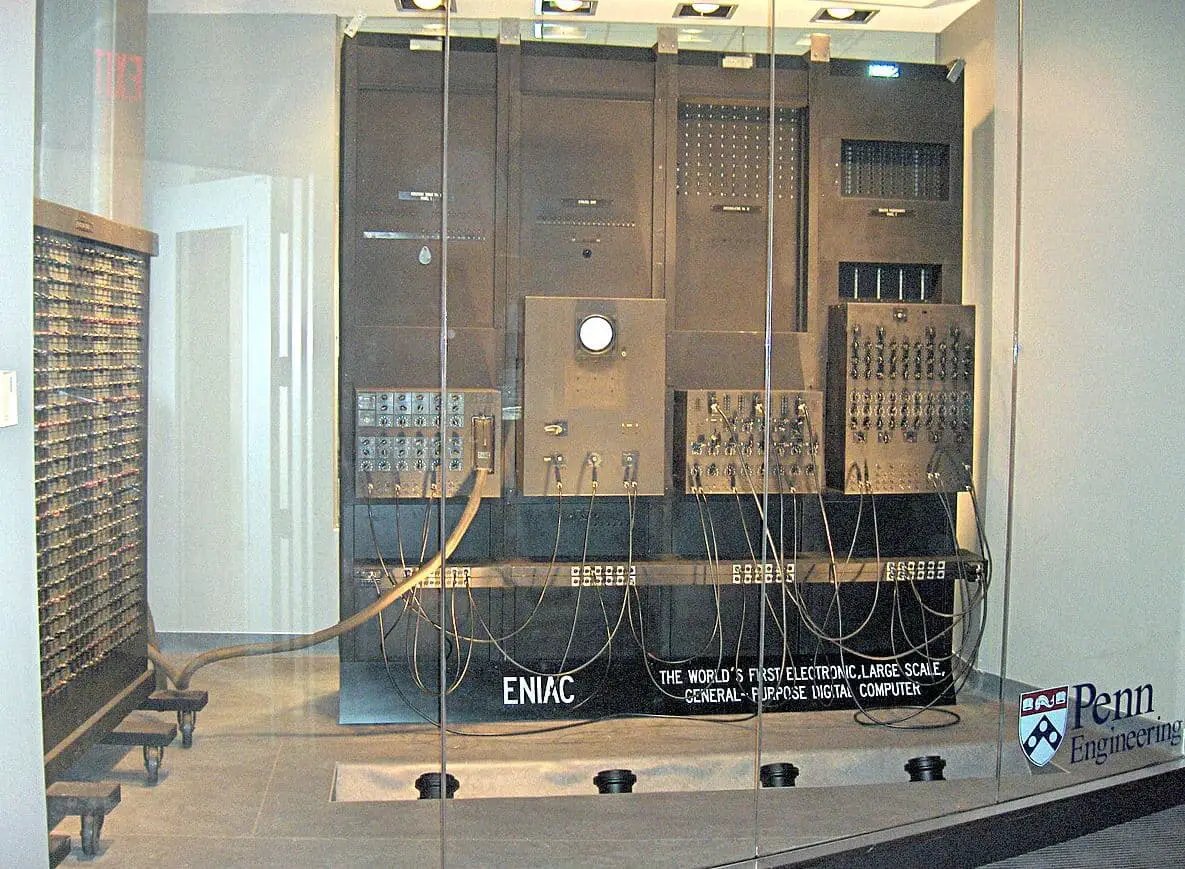
The first Personal computer or PC was created by John Blankenbaker in 1971. He called it the Kenbak-1 and sold it for $750. It had a memory of 256 bytes and could perform simple arithmetic and logic operations. It did not have a keyboard or a monitor but used switches and lights to input and output data. The Kenbak-1 is considered to be the first commercially available PC, although it was not very popular or successful. It was discontinued in 1973 after selling only 40 units.
The first commercially successful personal computer was Altair 8800, released in 1975 and developed and sold by Micro Instrumentation and Telemetry Systems. Steve Jobs and Steve Wozniak introduced the Apple I in 1976, and IBM’s release of the IBM PC in 1981 further accelerated the adoption of personal computers.
IBM Introduced the Term “Personal Computer” in 1981
The term “personal computer” was invented by IBM in 1981, when they introduced the IBM PC. The IBM PC was the first mass-produced computer that could run multiple programs and had a user-friendly interface. It used an Intel 8088 processor, had 16 KB of RAM, a floppy disk drive and a monochrome monitor. It cost $1565, which is equivalent to about $4500 today. It ran an operating system called PC DOS, which was developed by Microsoft.
Most popular operating system for PCs is Windows
An operating system (OS) is software that manages the hardware and software resources of a PC. The first OS for PCs was CP/M, developed by Gary Kildall in 1974. It was used by many early PCs, such as the Altair 8800 and the Apple II. CP/M was a simple and efficient OS that allowed users to run multiple programs and access various devices, such as printers, disk drives, and modems. Later, other OSes emerged, such as MS-DOS (Microsoft Disk Operating System), Windows, Mac OS, Linux, and Chrome OS.
The most popular operating system for PCs is Windows, which was created by Microsoft in 1985. Windows is a graphical user interface that allows users to interact with their computers using icons, menus, windows and a mouse. The first version of Windows was called Windows 1.0 and it ran on top of MS-DOS, which was a text-based operating system. As of 2023, Windows had a market share of about 69%, followed by macOS with 21% and Linux with 3%.
The original name of Windows was Interface Manager
Windows is the most popular operating system for personal computers, with more than 77% of the market share as of 2023. Windows was developed by Microsoft and first released in 1985 as a graphical user interface for MS-DOS, the dominant operating system at the time. However, the original name of Windows was Interface Manager, which was changed to Windows before the launch to emphasize the multiple windows that users could open and switch between on the screen.
Creeper is the First Computer virus
Computer viruses are malicious programs that can infect and damage your computer system or data. The first computer virus was called Creeper, and it infected the ARPANET, the precursor to the Internet, in 1971. It displayed the message “I’m the creeper, catch me if you can!” on the infected computers. It was created by Bob Thomas as an experiment to test the security of the network. It was not malicious, but it slowed down the computers it infected.
Since then, many other types of viruses have emerged, such as worms, trojans, ransomware, spyware, adware, etc. They can spread through various channels, such as email attachments, downloads from the internet, network connections, or removable media.
According to some estimates, there are more than 5000 new computer viruses released every month by hackers or cybercriminals who want to steal information, disrupt operations, or cause harm. Therefore, it is essential to use antivirus software and other security measures to protect PCs from viruses.
A Human brain is more powerful than any computer
The human brain is an amazing organ that controls all our bodily functions, emotions, thoughts, and memories. It is composed of about 86 billion neurons (nerve cells) that communicate with each other through electrical and chemical signals. A Human brain can process information faster and more efficiently than any computer, even the most advanced supercomputers. If there was a computer as powerful as the human brain, it would be able to do 38 thousand trillion operations per second and hold more than 3580 terabytes of memory.
The First website was created by Tim Berners-Lee
The first web browser was called WorldWideWeb and it was invented by Tim Berners-Lee in 1990. Tim Berners-Lee is a British computer scientist who is credited with inventing the World Wide Web, a system of interlinked documents that can be accessed via the Internet. He also created the first web server, the first web page and the first web browser, which he named WorldWideWeb. He later changed its name to Nexus to avoid confusion with the Web itself. The first website, which was hosted on Berners-Lee’s NeXT computer, which was a workstation developed by Steve Jobs after he left Apple.
Note: The first website was info.cern.ch Published On August 6, 1991.
Some of the biggest tech companies started in garages
Some of the most successful and influential tech companies in the world had humble beginnings in garages. For example, Apple was founded by Steve Jobs and Steve Wozniak in Jobs’ parents’ garage in Los Altos, California in 1976. They built their first computer, the Apple I, using parts they bought from a local electronics store. Microsoft was founded by Bill Gates and Paul Allen in Albuquerque, New Mexico in 1975. They rented a garage to develop their first software product, a BASIC interpreter for the Altair 8800 microcomputer. Oracle was founded by Larry Ellison, Bob Miner, and Ed Oates in Santa Clara, California in 1977. They worked in a garage to create their first database software for the CIA.
Ray Tomlinson sent the first email
The first email was sent by Ray Tomlinson in 1971. Ray Tomlinson was an American computer engineer who worked on ARPANET. He developed a program that allowed users to send messages to each other across the network. He also introduced the use of the @ symbol to separate the user name from the hostname, such as ray@bbn.com. The first email he sent was a test message to himself, which he later said was something like “QWERTYUIOP”.
Douglas Engelbart invented the First computer mouse
The computer mouse is one of the most common input devices for personal computers, but it was not always so sleek and ergonomic. The first computer mouse was invented by Douglas Engelbart in 1964 at the Stanford Research Institute. It was a wooden box with two metal wheels that detected the movement of the mouse on a surface. It also had a single button on top. Engelbart called it a “mouse” because of the tail-like cord that connected it to the computer. The mouse was later refined by Xerox PARC and popularized by Apple and Microsoft.
The first spreadsheet program was called VisiCalc
The first spreadsheet program was called VisiCalc and it was released in 1979. VisiCalc stands for Visible Calculator and it was created by Dan Bricklin and Bob Frankston. It was the first application that made personal computers useful for business purposes, as it allowed users to perform calculations and manipulate data in rows and columns. It ran on an Apple II computer and sold over one million copies in its first four years.
Spacewar is the first graphical video game
The first graphical video game was called Spacewar! and it was developed in 1962. Spacewar! was a two-player game that simulated a space battle between two spaceships orbiting a star. It was created by Steve Russell and his colleagues at MIT on a PDP-1 computer, which had a vector display that could draw lines and shapes on a screen. It was one of the first examples of interactive computer entertainment and it inspired many later games, such as Asteroids and Star Wars.
Six Degrees was the first social media network
Social media sites are platforms that allow users to create profiles, share content, and interact with other users online. The first social network was called Six Degrees and it was launched in 1997. Six Degrees was a website that allowed users to create profiles, list their friends and send messages to each other. It was based on the concept of “six degrees of separation“, which states that any two people in the world can be connected by a chain of no more than six acquaintances. It had over one million users at its peak, but it shut down in 2001 due to competition from other sites, such as Friendster and MySpace.
Archie is the first search engine
The first search engine was called Archie and it was created in 1990. Archie was a tool that indexed the files available on FTP servers, which were used to transfer files over the Internet. It was developed by Alan Emtage, a student at McGill University in Canada. The name Archie was derived from “archive”, as it searched for archived files. It was the precursor to web search engines, such as Google and Bing.
Onsale is the first online auction site
The first online auction site was called Onsale and it was founded in 1995. Onsale was a website that sold surplus and refurbished goods, such as computers, electronics and books. It used a dynamic pricing model, where the price of an item decreased over time until someone bought it or the auction ended. It competed with eBay, which was launched in 1995 as well, but focused on person-to-person transactions rather than business-to-consumer ones.
MPMan was the first digital music player
The first digital music player was called MPMan and it was released in 1998. MPMan was a portable device that could store and play MP3 files, which were compressed audio files that could be downloaded from the Internet. It was developed by a Korean company called SaeHan Information Systems and it had a memory capacity of 32 MB, which could hold about eight songs. It cost $250, which was considered expensive at the time.
Simon Personal Communicator was the first smartphone
The first smartphone was called Simon Personal Communicator and it was launched in 1994. Simon Personal Communicator was a device that combined the functions of a mobile phone, a personal digital assistant (PDA) and a fax machine. It had a touchscreen that could be used with a stylus, a calendar, an address book, a calculator and a notepad. It could also send and receive emails, faxes and pages. It was created by IBM and BellSouth and it sold for $899 with a service contract.
Rocket eBook was the First e-book reader
E-book readers are devices that allow users to read electronic books on a screen. The first e-book reader was called Rocket eBook and it was introduced in 1998. Rocket eBook was a handheld device that could store and display electronic books, or e-books, which were digital versions of printed books. It had a monochrome LCD screen that could show up to four shades of gray, a memory capacity of 4 MB, which could hold about 10 books and a battery life of up to 40 hours. It cost $499 and it supports several formats, such as HTML, PDF and TXT.
These are just some of the fascinating facts about personal computers that you may not have known before.
References:
: https://www.geeksforgeeks.org/10-interesting-facts-about-computers/
: https://www.britannica.com/technology/personal-computer
: https://www.funkidslive.com/learn/top-10-facts/top-10-facts-about-computers/
: https://www.sciencealert.com/if-your-brain-were-a-computer-how-powerful-would-it-be
: https://www.theguardian.com/notesandqueries/query/0,5753,-2783,00.html
: https://www.microsoft.com/en-us/about/history
: https://www.oracle.com/corporate/history/
: https://www.computerhistory.org/tdih/September/13/
: https://www.computerhope.com/history/windows.htm
: https://gs.statcounter.com/os-market-share/desktop/worldwide
: https://www.intel.com/content/www/us/en/history/museum-story-of-intel-4004.html
Also read:
